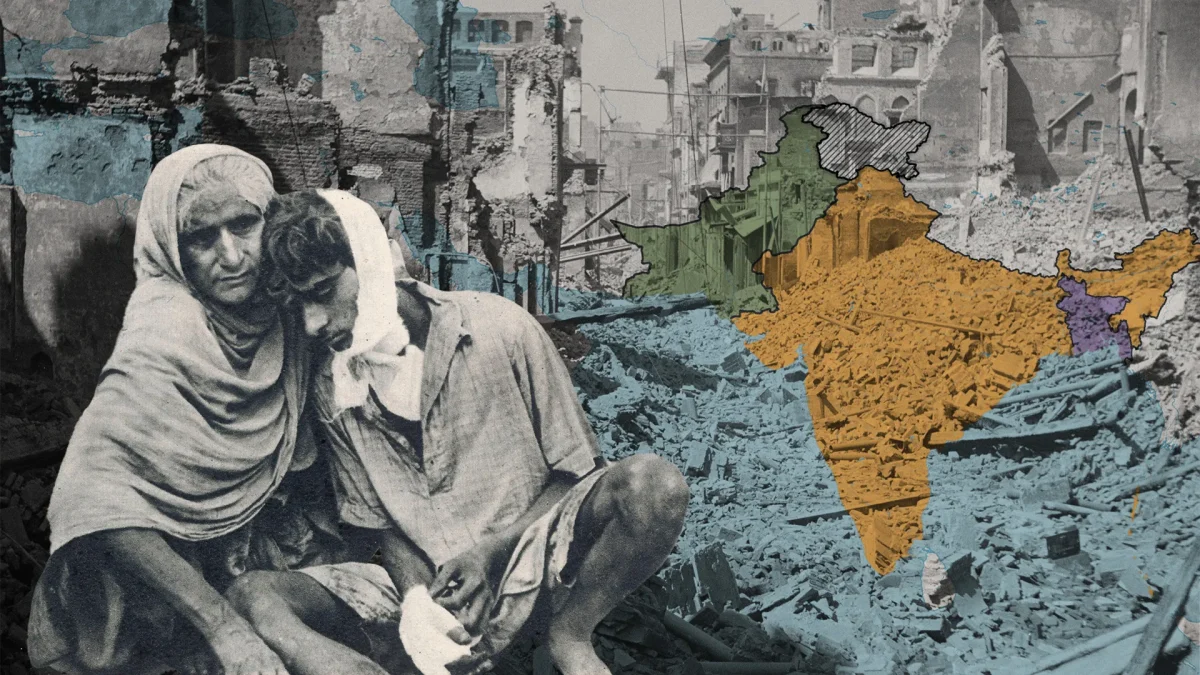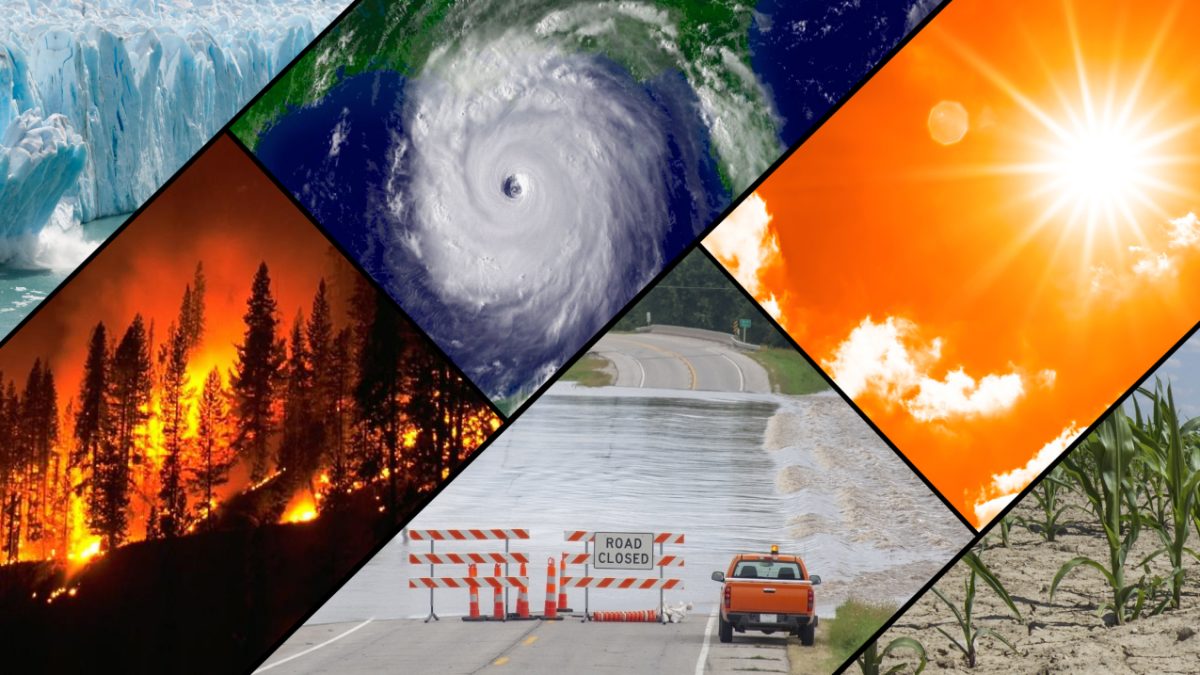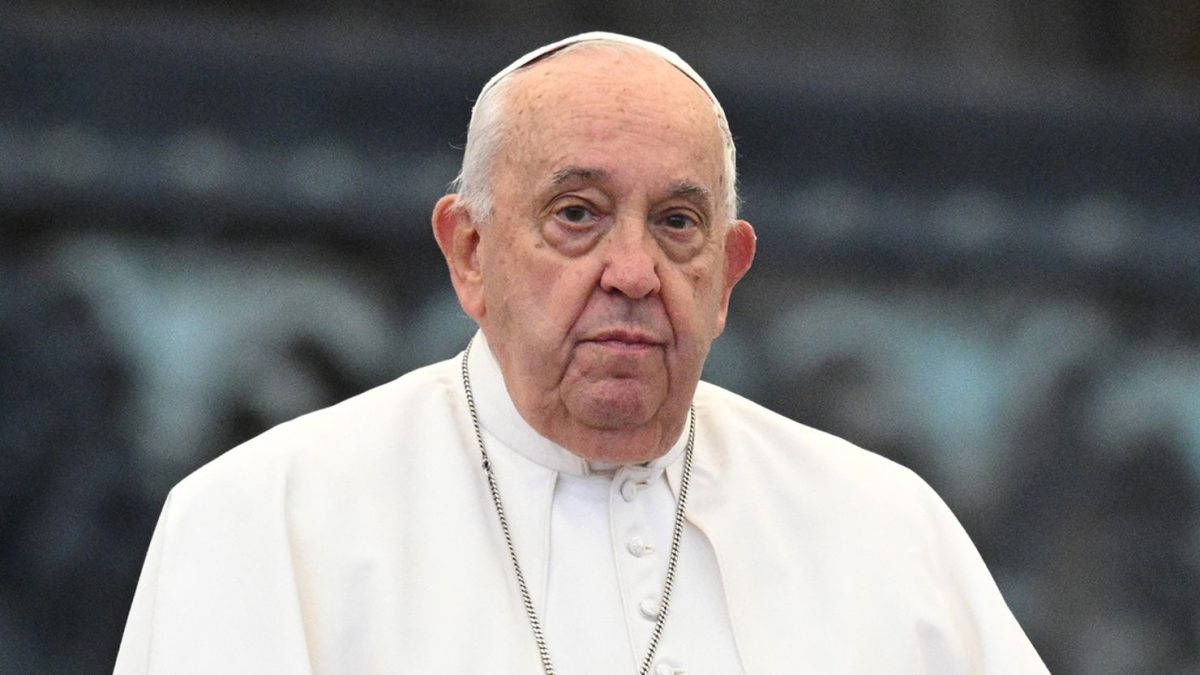To contextualize this modern conflict, it is important to understand that India and Pakistan have had a fraught relationship since their original partition in 1947, which displaced millions and sparked the first of several wars between the two nations. The primary point of contention has been the Kashmir region, claimed in full by both but governed/administered in parts. Major wars ensued in 1947, 1965, 1971, and 1999. Many border skirmishes and militant attacks have kept the tensions high since, and despite several peace efforts, the relationship remains unstable, with terrorism and territorial disputes running rampant.
On April 22, 2025, a devastating terrorist attack in Pahalgam, in Indian-controlled Kashmir, claimed the lives of 27 civilians, including a group of 25 Hindu tourists, as well as a Christian tourist and a local Muslim. The Resistance Front (TRF), a militant group, claimed responsibility for this attack. India then accused Pakistan of supporting these attackers, an allegation Pakistan wholeheartedly denied.
In response to this, India launched “Operation Sindoor” on May 7, targeting alleged terrorist infrastructures in Pakistan and Pakistan-controlled Kashmir. This operation involved missile strikes on 9 separate sites, including Muidke, Bahawalpur, and Muzaffarabad. India claimed that these strikes were aimed at dismantling terror camps, while Pakistan reported numerous civilian casualties and vowed to retaliate.
Pakistan responded with “Operation Bunyan Marsus” and launched short-range missiles into Indian territory, targeting military sites in Punjab and Kashmir. Both nations reported civilian and military casualties, with Pakistan citing 33 civilian deaths, 7 children included.
Amid the escalating tensions, international diplomatic efforts intensified. Donald Trump announced on May 10th that India and Pakistan had agreed to a ceasefire, directly following the mediation efforts by the USA and Saudi Arabia. Despite this ceasefire, however, both nations maintained a state of high alert. India warned that any future terrorist attacks upon their country would be treated as a declaration of war. This was a significant shift in their security policy.
Following this ceasefire, both India and Pakistan claimed territory, each side with narratives and agendas to support their stance. Border regions began returning to their normalcy, with businesses reopening and civilians resuming daily activities and operations.
However, the underlying tensions continue to exist. India remains firm on its stance against terrorism, while Pakistan continues to show its commitment to the truce but warns of a strong and swift response to any potential aggression.


















